As automated driving and assisted driving become more and more common, the demand for edge computing is also increasing. How to help customers develop AI applications has become a new topic.
This solution is developed based on NXP's native BSP 5.4.24_2.1.0, adding Python elements, and GPU/NPU can be used for AI neural network operations, making efficiency and application scenarios more complete.
First install the python compressed package using pip:
The example of using image recognition is: The classic picture grace_hopper.bmp is used to distinguish:
The first version of eIQ 2019:
Inference time takes about 330ms.
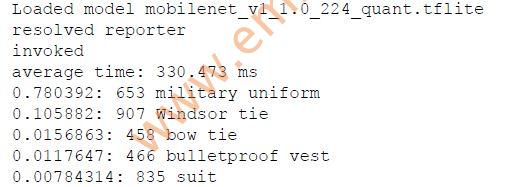
2020 eIQ2.0 (PyeIQ):
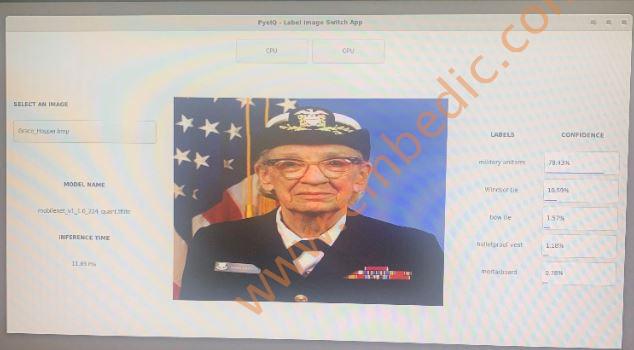
It can be seen that with the ability of GPU computing, the same mobilenet model is used, and it only takes about 10ms to use TensorflowLite, and the speed and efficiency are 30 times faster!!
In addition, eIQ2.0 provides real-time image input and video recognition functions:
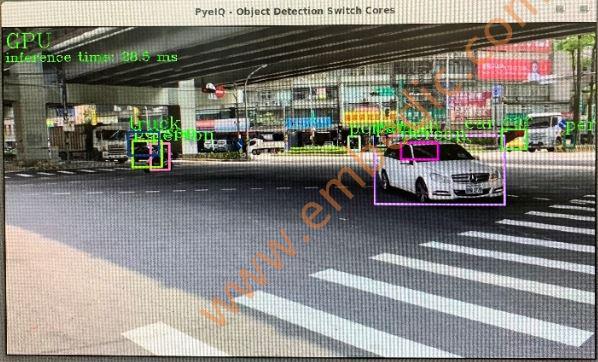
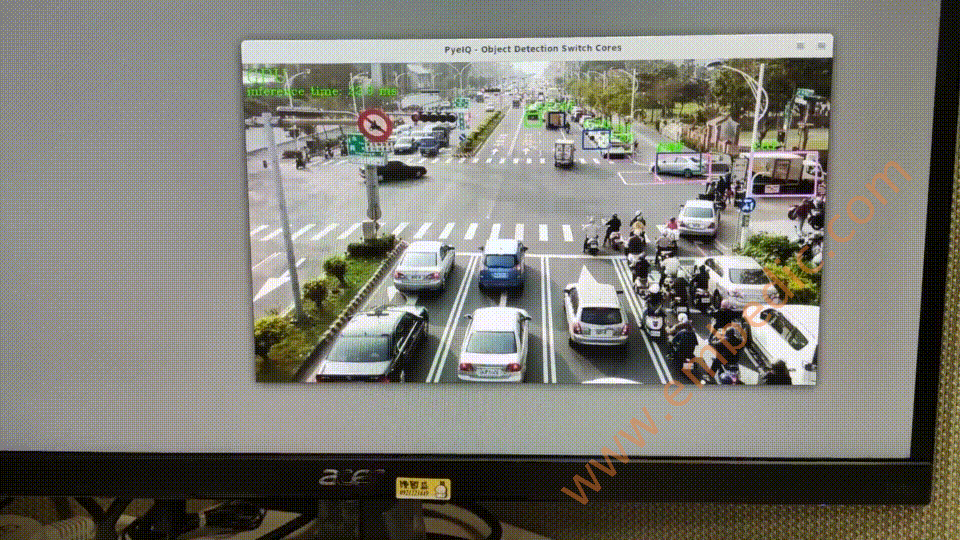
Use videos taken from Taiwan's real-life streets for object recognition projects
It can be seen that the measured performance of i.MX8QM is 30ms.
This solution provides the following NNAPI tables for the development of various platforms and algorithms.
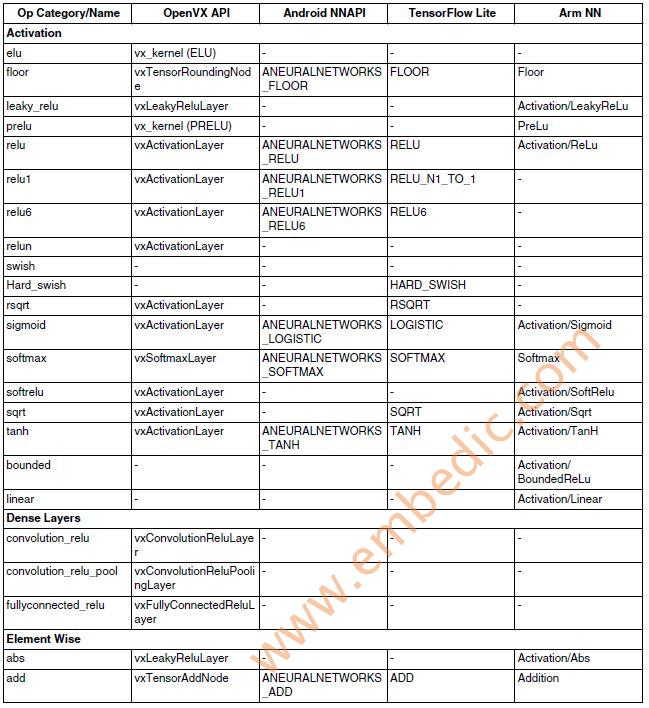
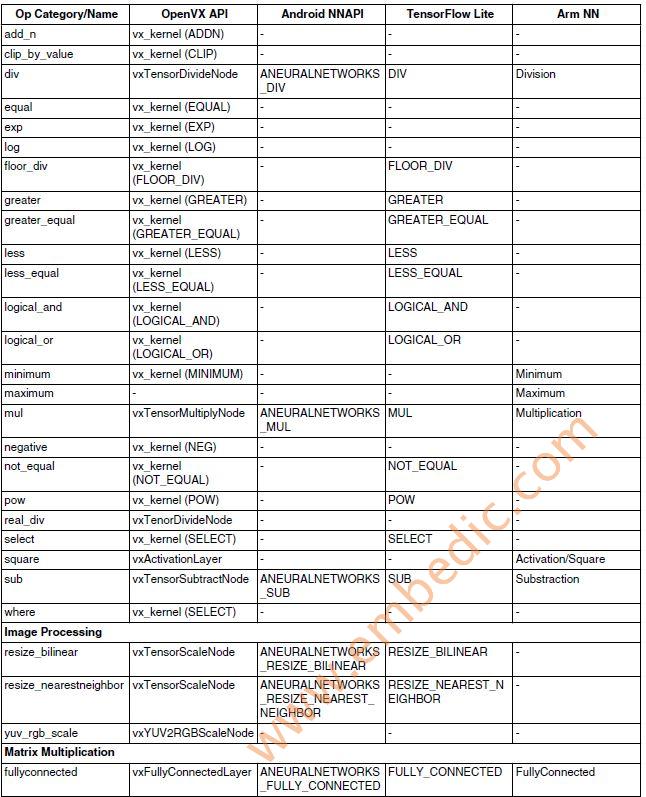
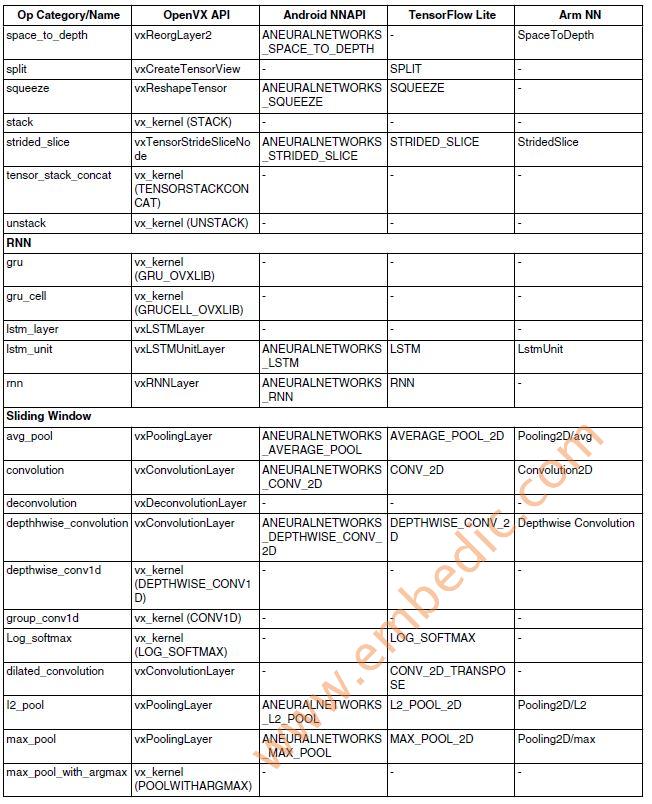
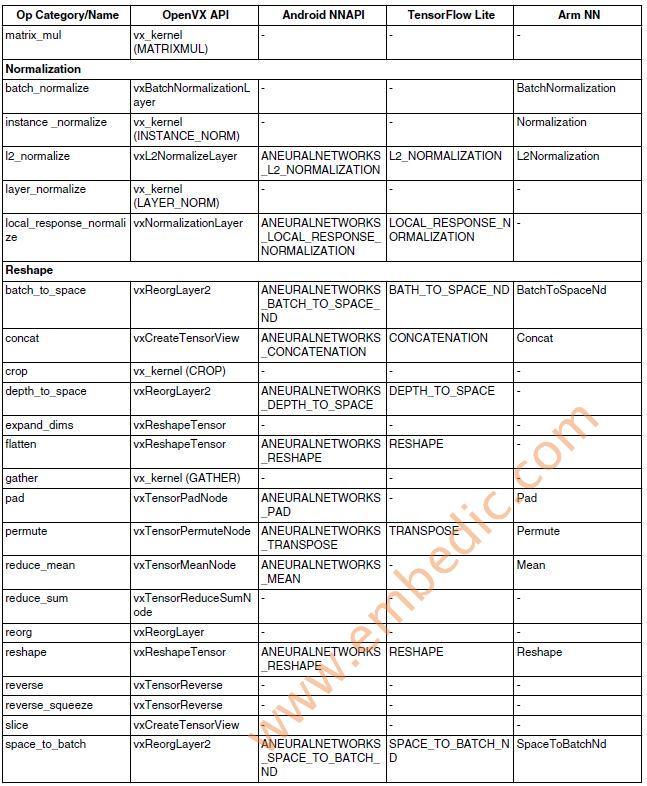
This solution integrates different algorithms and provides corresponding APIs for customers to develop and use.
And with the i.MX8QM 4-core A53+2-core A72+2 GC7000XSVX GPU inside, it can use GPU computing AI and image technology, and stably provide system resources.
At present, several customers have developed applications in the automotive market with this program.
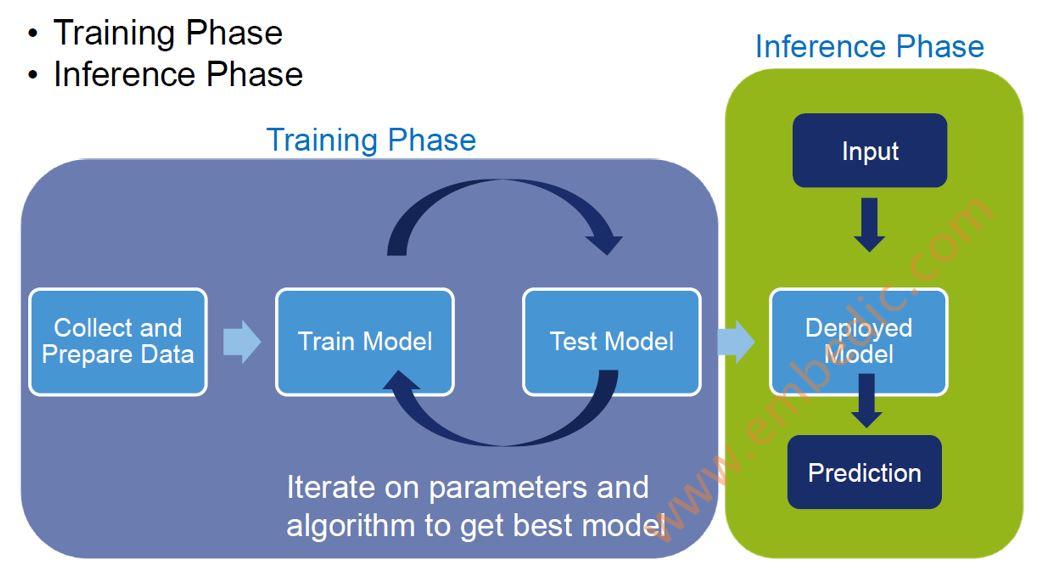
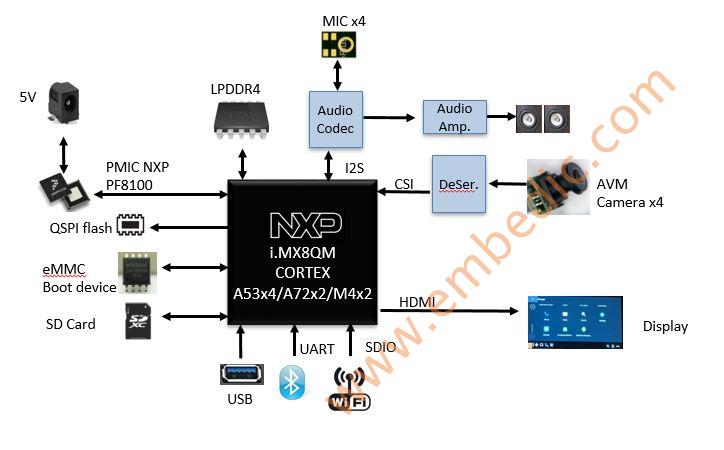
IC MCU 8BIT 768B OTP 28DIP
IC MCU 8BIT 160KB FLASH 52LQFP
IC MCU 32BIT 64KB FLASH 64LQFP
IC MCU 16BIT 256KB FLASH 100TQFP
1
2
3
4
5
6